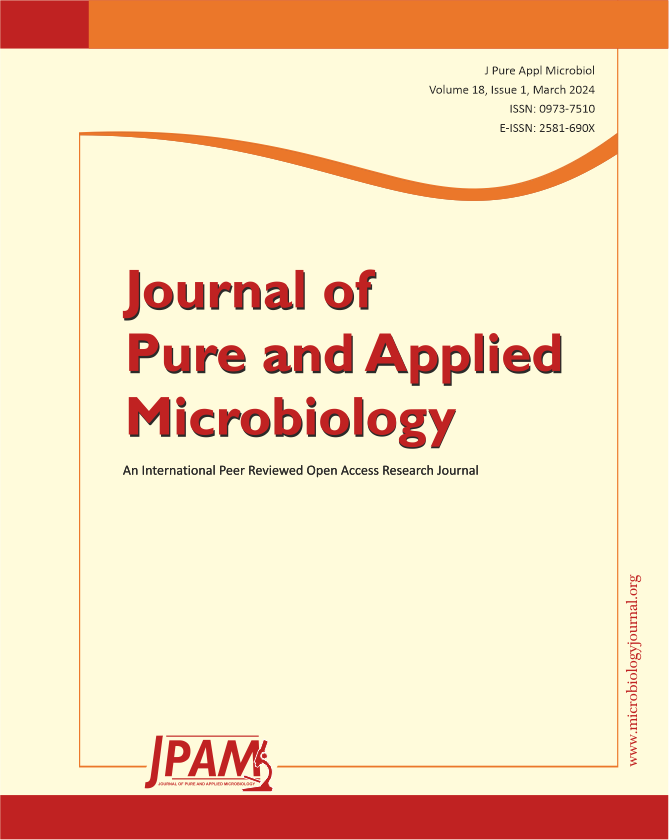A urinary tract infection (UTI) is an infectious disease that infects humans in the presence of microorganisms, often not treated with broad-spectrum antibiotics because they contribute to developing resistant microorganisms. Therefore, this study aimed to investigate the antibacterial efficacy of medicinal plants used to treat infection in the urinary tract. One hundred samples were collected from patients with UTIs, ranging in age from 10–60 years. Outpatients and inpatients with UTIs live in Al-Najaf Center and attend treatment at Al-Hakeem Hospital and Al-Sader Teaching Hospital. Ten microliters of urine samples were inoculated on selective media to isolate and identify pathogenic bacteria, presumptive identification was performed using the Viteck-2 system. Eight antibiotics were used for showed antibiotic susceptibility: cefixime (5 μg), streptomycin (25 μg), amoxicillin (30 μg), erythromycin (10 μg), ciprofloxacin (10 μg), azithromycin (15 μg), gentamicin (10 μg), and nitrofurantoin (50 μg). Two species of plants were used to determine antibacterial activity: Castanea crenata and Saussurea costus. Of 100 urine samples, 80 tested positive for bacteriuria. Escherichia coli was the most prevalent bacterium in the urine 50 (62.5%), followed by Klebsiella pneumonia 10 (12.5%), Proteus vulgaris seven (8.75%), Pseudomonas aeruginosa six (7.5), Staphylococcus aureus four (5%), and Streptococcus pyogenes three (3.75%). Some bacteria with Gram staining comprising E. coli, Klebsiella spp., Pseudomonas spp., and Proteus spp. are resistant to many antibiotics. C. crenata and S. costus inhibited the growth of pathogenic bacteria isolated from the urine samples. Testing and determining the antimicrobial activities of medicinal plants will help pharmaceutical companies develop modifiers or precursors for synthesizing new therapeutic alternative drugs to treat infectious diseases caused by pathogens.
Urinary Tract Infections, Uropathogenic Bacteria, Medicinal Plant, Antibacterial Activity
© The Author(s) 2024. Open Access. This article is distributed under the terms of the Creative Commons Attribution 4.0 International License which permits unrestricted use, sharing, distribution, and reproduction in any medium, provided you give appropriate credit to the original author(s) and the source, provide a link to the Creative Commons license, and indicate if changes were made.


